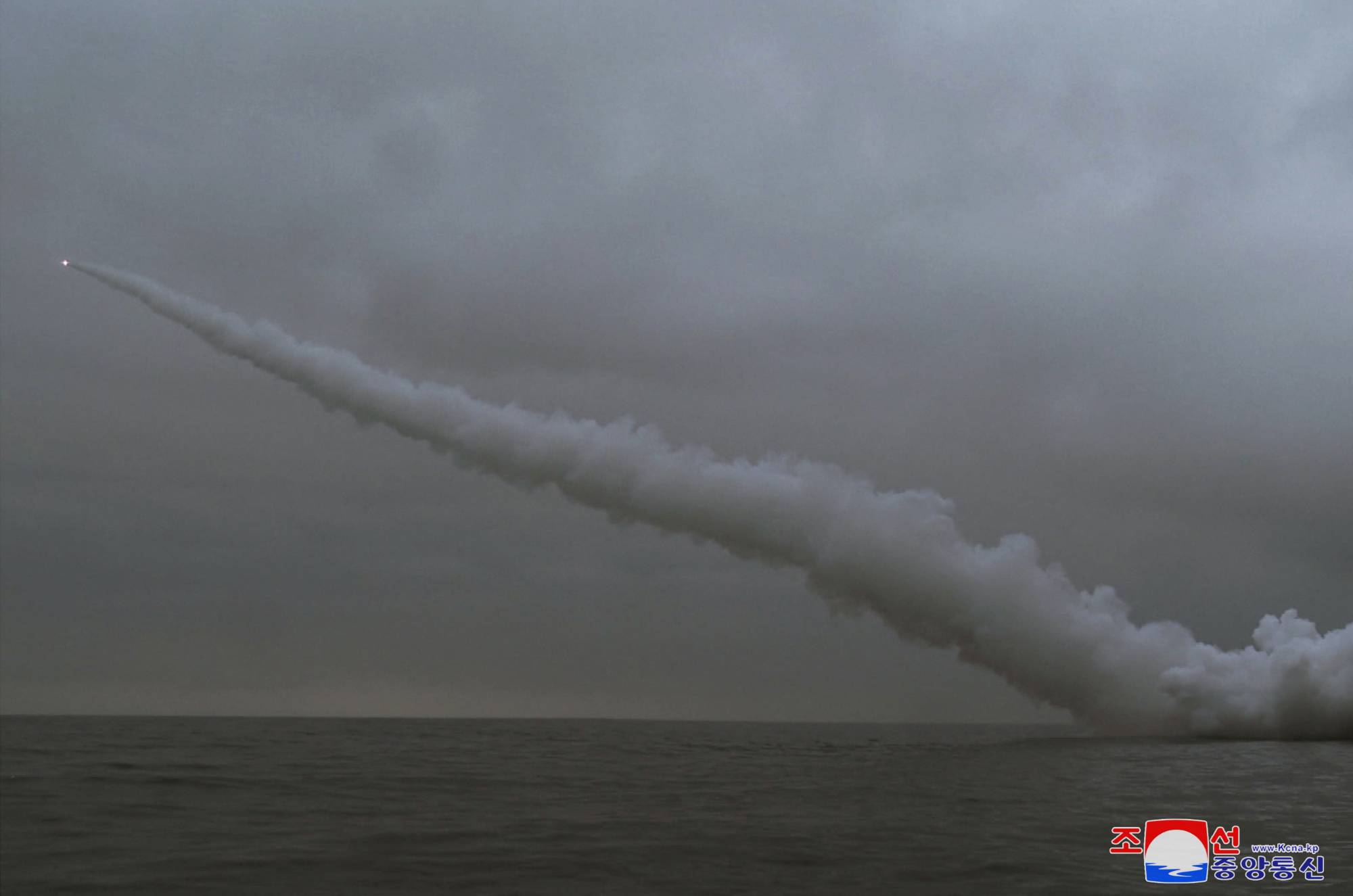North Korea launched two “strategic cruise missiles” from a submarine, state-run media announced Monday, hours before South Korea and the United States kicked off their largest joint military drills in five years.
The nuclear-armed North said the “underwater launching drill” had “confirmed the reliability” of the weapons, the official Korean Central News Agency said in a report, calling the submarine-launched missiles part of its “nuclear deterrent.”
It said the two strategic cruise missiles “precisely hit” preset targets in the Sea of Japan after traveling for 1,500 kilometers along figure eight-shaped flight paths for more than two hours.



















With your current subscription plan you can comment on stories. However, before writing your first comment, please create a display name in the Profile section of your subscriber account page.